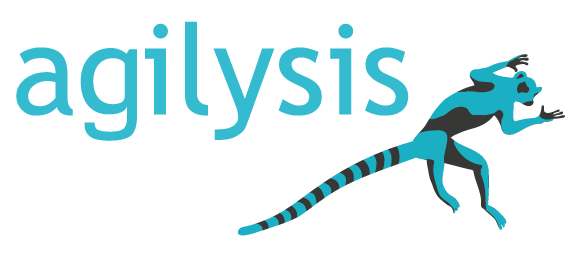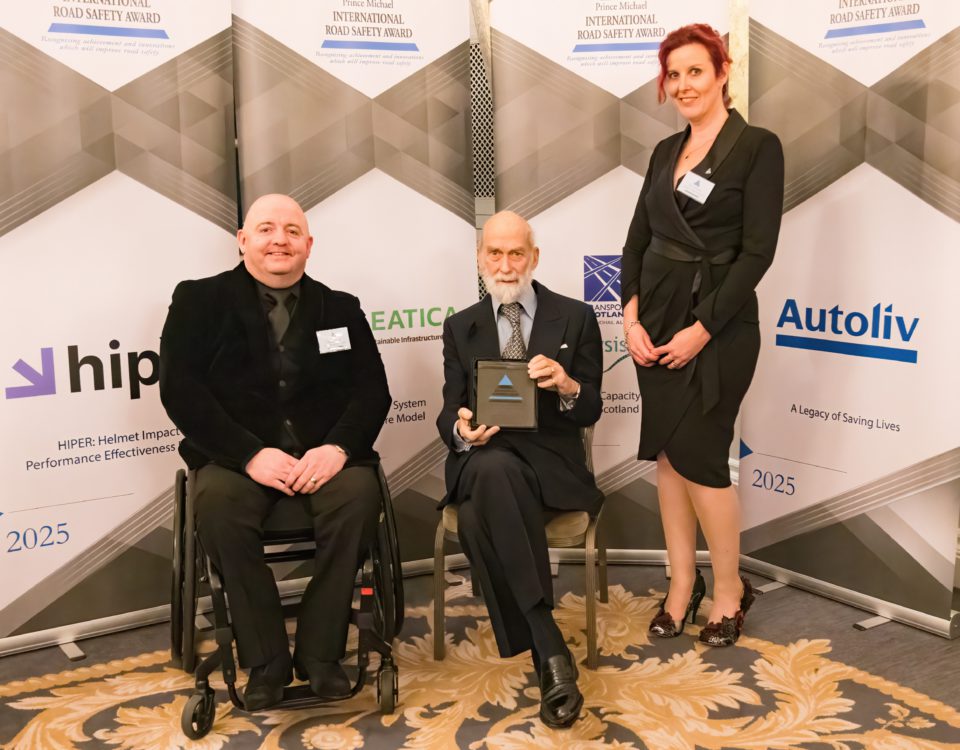
Creating safer environments, particularly on our roads, requires more than just solid strategies and procedures. It takes a strong workplace culture that truly embraces safety at its core. Corporate culture is the set of shared values, beliefs, and behaviours that define how a company operates. It influences how decisions are made, how employees interact, and how challenges are approached. When culture aligns with a company’s vision for change, it can accelerate the implementation of new strategies, processes, and innovations.
Every successful organisation knows that culture isn't just something that happens—it's something you build. It’s the shared values, beliefs, and behaviours that guide how a company operates. When these align, they can drive powerful, positive change. Peter Drucker famously said, "Culture eats strategy for breakfast," and it's especially true in the context of Safe System working. No matter how well-crafted a safety strategy is, without a culture that supports it, real change is hard to achieve. Culture influences everything—from how decisions are made to how safety measures are put into practice.
So, what can we learn from others?
There are plenty of examples of organisations who have driven change to improve their culture, leading to improved performance and success.
Etsy
Etsy, an e-commerce platform for handmade and vintage items, recognized a misalignment between its mission of "keeping business human" and its business practices. To realign its mission with its culture, Etsy introduced a dedicated role focused on aligning the company's mission with its operations. Additionally, Etsy fostered employee advocacy by offering credit to purchase and engage with its own products. These initiatives have strengthened Etsy's values-driven work environment, ensuring consistency between its mission and day-to-day operations. Do you have a central position that advocates for the Safe System and enables integration of the Safe System? Do you measure goals to achieve the integration of the Safe System?
Salesforce
Salesforce, a global leader in cloud-based CRM software, addressed post-pandemic employee disconnect by implementing strategies to strengthen team connections. They encouraged employees to engage in three key professional communities: their immediate team, local colleagues, and Equality Groups based on shared identities and interests. Salesforce also established an Employee Experience Team to enhance these connections and integrate employees into the company culture. By fostering these groups, Salesforce created a more supportive and inclusive workplace, demonstrating a commitment to employee engagement and organizational success.
Building a Safe System Culture
A Safe System culture is one where safety isn't just a checklist—it's a core value that drives every decision and action. It’s about fostering an environment where everyone, from top leadership to frontline workers, is committed to safety. This culture goes beyond just following regulations; it encourages proactive measures to identify risks, prevent accidents, and continuously improve safety outcomes.
We’re working with Transport Scotland where their goal is zero road fatalities by 2030. They realised that to achieve this goal, they would need to develop a Safe System culture. By embedding these principles into the organisational fabric, safety becomes second nature—guiding how we work, collaborate, and prioritise. Keep an eye out for future updates.
The Bottom Line: Culture is Key
Creating the right culture for Safe System working isn’t something that happens overnight. It takes intentional effort and a commitment from leaders to foster an environment where safety is deeply valued. But as we’ve seen from companies like Etsy and Salesforce, a strong workplace culture can be the driving force behind transformative change.
In the end, a mature safety culture isn’t just about reducing road collisions—it’s about creating an ecosystem that places safety as a core value. Thus, allowing a move closer to the vision of zero fatalities on our roads.


